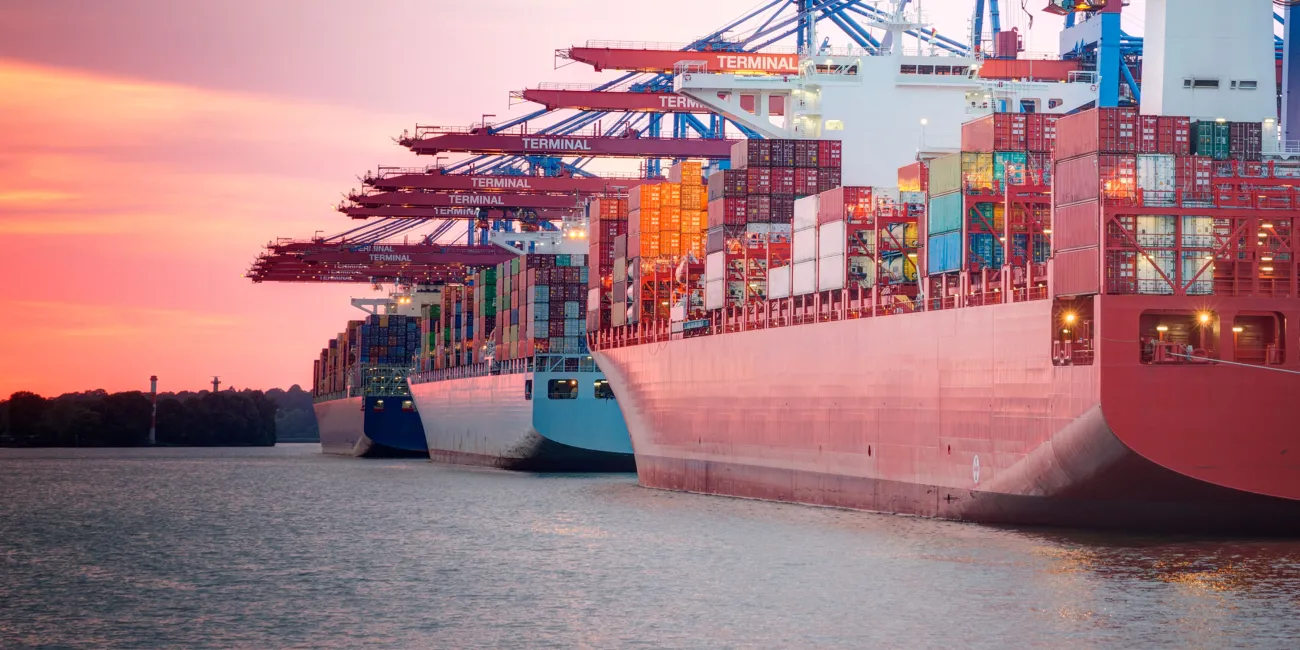Importers Should Prepare for More Forced Labor Detentions
CBP Adds Second Forced Labor Investigations Branch and DHS Publishes Timeline for Actions

Importers should be prepared for increased forced labor actions (including new Withhold Release Orders and product import bans) in connection with products from Latin America, the Middle East, and Africa because U.S. Customs and Border Protection (CBP) has allocated more enforcement resources by adding a second forced labor investigations branch.
In a Nutshell
- Importers should conduct supply chain due diligence and ensure forced labor policies and procedures are in place to avoid both reputational risks and disruption to supply chains.
- Companies that source products suspected of production using forced labor, such as apparel, cotton, footwear, bricks, gold, and diamonds, a variety of food products, beef, furniture, coffee, wood products, construction materials, etc. from Latin America, the Middle East, and Africa should be aware that their goods may be banned from importation in the future.
- We have compiled an internal database of goods suspected of being produced with forced labor and can assist importers in determining whether their products are at risk and may be detained at the border.
- DHS and the Forced Labor Enforcement Task Force published estimated timelines for agency forced labor actions.
Importers Should Expect Increased Enforcement of Forced Labor Actions Outside of Asia
CBP has added a second forced labor investigations branch within the Forced Labor division, which will likely lead to increased forced labor enforcement actions outside of Asia, including Latin America, the Middle East, and Africa. Based on the Department of Labor List of Goods Produced by Child Labor or Forced Labor, apparel, textiles, footwear, bricks, gold, and diamonds, a variety of food products, beef, furniture, coffee, wood products, construction materials, etc. are produced in those regions and are suspected of forced and/or child labor. Importers should expect the issuance of more Withhold Release Orders (WROs) and product detentions at the border.
In just two years, CBP enforcement of WRO’s increased from 12 detentions covering $1.2 million of merchandise in 2019 to 1,213 detentions covering $415 million of merchandise in fiscal year 2021 as of 9/13/21. The exponential increase in enforcement actions and the addition of a second forced labor branch that will target other regions demonstrates CBP’s commitment to ensuring that goods produced with forced labor do not enter the country.
DHS Timeline for Forced Labor Actions
In response to calls for more transparency in the forced labor enforcement process, and as mandated by Section 742 of the United States-Mexico-Canada Agreement (USMCA) Implementation Act of 2020 (Pub. L. 116-113), the Department of Homeland Security (DHS) and Forced Labor Enforcement Task Force released a report for Congress, published online on September 22, 2021 that outlines the timeline for CBP’s response to allegations of forced labor in a supply chain.
What is the Timeline for Reviewing a Forced Labor Petition?
The timeline begins once CBP receives a petition from “any person outside of CBP” alleging that goods produced with forced labor, including forced child labor, convict labor, or indentured labor under penal sanctions, are being, or are likely being imported into the United States. Several large companies have been the subject of these petitions, made public by the petitioners.
- Within 30 days of submission of the petition: CBP conducts a preliminary review of the submission, including source verification, risk and impact assessment, and case prioritization. CBP will decide (1) whether the action is viable for action under CBP authority (under 19 USC § 1307, which prohibits the importation of goods into the United States made with forced or convict labor); (2) not viable under CBP authority but viable for action under other agency authority; (3) likely not viable for action.
- Approximately 90 to 180 days from the initiation of an investigation: Where CBP accepts a petition for investigation (number one above), CBP will determine whether reasonable suspicion of violation(s) of 19 USC § 1307 exists and, if so, the agency will issue WROs that authorize CBP to detain covered goods at the border. This can cause significant disruption to importer supply chains and impact the ability to fulfill contracts in the United States. CBP will strive to provide a two-week advance notification of an impending WRO.
- Within 180 to 365 days from the initiation of an investigation: If CBP finds probable cause that the goods were produced with forced labor in violation of 19 USC § 1307, CBP will issue a formal Finding.
- 60 days after CBP issues a Finding: With the approval of DHS, the Finding will be published in the Federal Register per 19 CFR § 12.42(f).
These timelines are not, however, absolute. CBP has indicated that various factors may impact the ability to adhere to these timelines, which may be modified at any time.
During the investigation process, if CBP discovers evidence of illegal prison labor, the matter may be referred to US Immigration and Customs Enforcement (ICE) Homeland Security Investigations (ICE) or the Department of Justice.
What Should Importers Do?
Importers must take proactive measures to address forced labor risks in order to avoid public scrutiny that may arise when forced labor petitions are publicized. As noted above, the detention of products subject to a WRO also results in supply chain disruption and impacts the ability to fulfill US contracts. To avoid these risks, importers should conduct supply chain due diligence and implement forced labor compliance policies and procedures. We regularly counsel clients on a practical approach to implementing forced labor compliance plans and can help clients conduct a risk assessment on whether their imported products or the raw materials within the final products’ supply chain, come from a region known for using forced labor.

